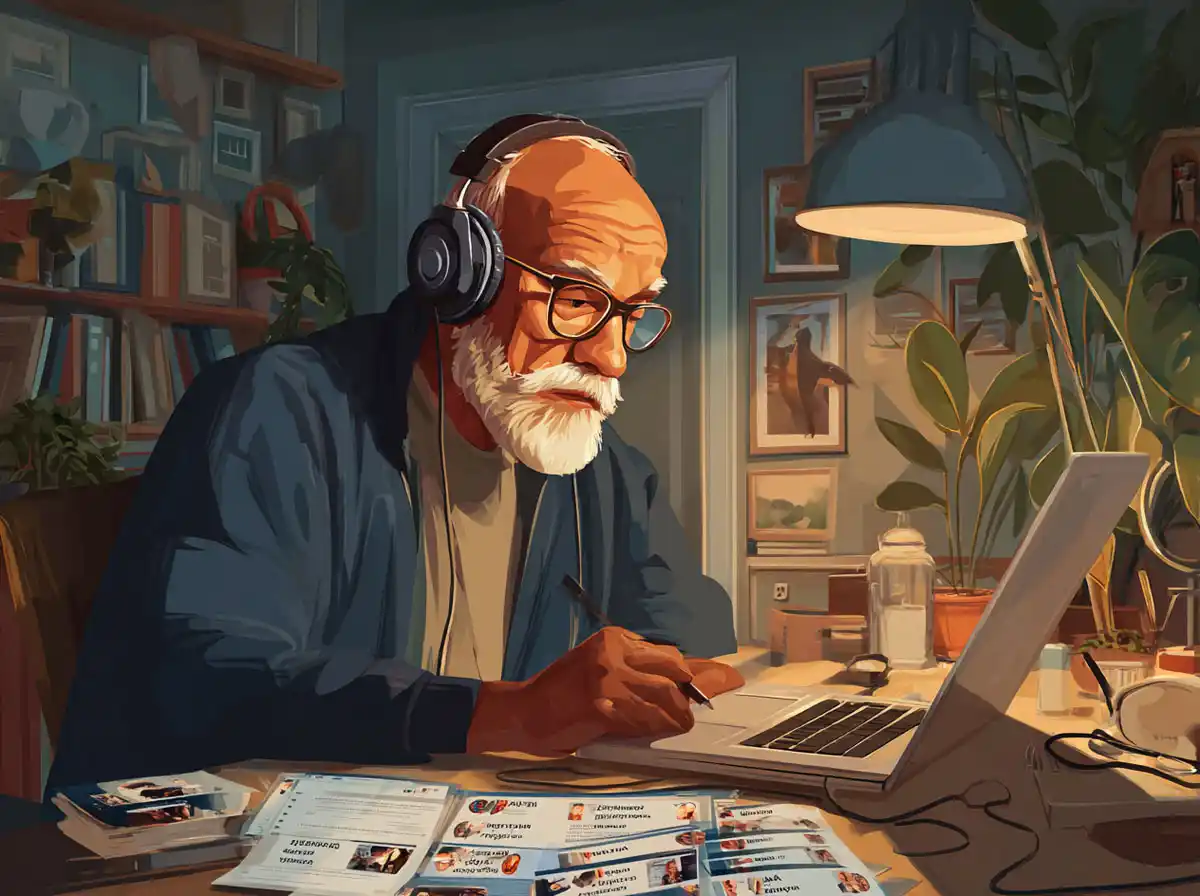Understanding Basic Greetings and Polite Form
Before diving into asking for directions, it’s important to know some basic greetings in Urdu. Politeness is highly valued in Pakistani culture, and a simple greeting can set a positive tone for the conversation. Begin with a polite greeting like “Assalam-o-Alaikum” (Peace be upon you), which is customary. You can also use “Hello” which in Urdu is “ہیلو”.
To ask how someone is doing, you can say “Aap kaise hain?” (How are you?). Always remember to say “Shukriya” (Thank you) at the end of your conversation as a sign of gratitude.
Asking for Directions in Urdu
When you need to ask for directions, it’s polite to start with a small apology or an excuse me, which in Urdu is “Maaf kijiye” followed by your question. Here are some useful phrases and questions you can use:
– “Maaf kijiye, mujhe yeh bata sakte hain keh [location] kaise jaoon?” (Excuse me, can you tell me how to get to [location]?)
– “Bara-e-karam, [location] ka rasta maloom hai?” (Please, do you know the way to [location]?)
– If you’re looking for a specific place like a hospital or a restaurant, you can say “Maaf kijiye, hospital kahan hai?” (Excuse me, where is the hospital?)
Understanding Directions in Urdu
Once you ask for directions, it’s essential to understand the common terms related to directions in Urdu. Here are some terms that will help you:
– “Seedha” means straight.
– “Daien” means right.
– “Baaien” means left.
– “Peechay” means back.
– “Aagey” means forward.
When someone is giving you directions, they might say:
– “Seedha jaiye phir daien murr jaiye.” (Go straight then turn right.)
– “Pehle baaien murrain phir aagey ja kar ek aur baaien murrain.” (First turn left, then go forward and take another left.)
Asking for Nearby Landmarks
Sometimes, asking for landmarks or significant points near your destination can help you better navigate. You might ask:
– “Maaf kijiye, yahan ke qareeb koi mashhoor jagah hai?” (Excuse me, is there any famous place around here?)
– “Is dukaan ke samne kya hai?” (What is in front of this shop?)
Using Public Transport
If you’re using public transport and need to know where to get off, you could use:
– “Ye bus [location] jayegi?” (Does this bus go to [location]?)
– “Maaf kijiye, mujhe [location] jana hai, kaun si bus loon?” (Excuse me, I need to go to [location], which bus should I take?)
Asking for Clarification
If you don’t understand the directions given, it’s perfectly okay to ask for clarification:
– “Maaf kijiye, kya aap dohrana pasand karenge?” (Excuse me, would you mind repeating that?)
– “Mujhe samajh nahi aaya, zara wazeh tor par bata sakte hain?” (I didn’t understand, could you explain more clearly?)
Cultural Tips for Asking Directions
When asking for directions in Pakistan or any Urdu-speaking area, always be polite and patient. It’s common for people to be very helpful and sometimes even go out of their way to assist you. Smiling and being friendly can also make the interaction smoother and more pleasant.
In conclusion, being able to ask for directions in Urdu not only makes your travel easier but also helps in connecting with the local people. Remember to be polite, use the phrases mentioned above, and don’t hesitate to ask for help. Pakistani people are generally very hospitable and helpful, so don’t be surprised if they show you the way themselves!










